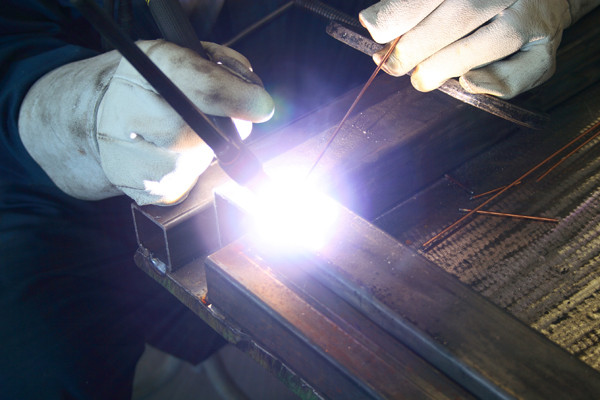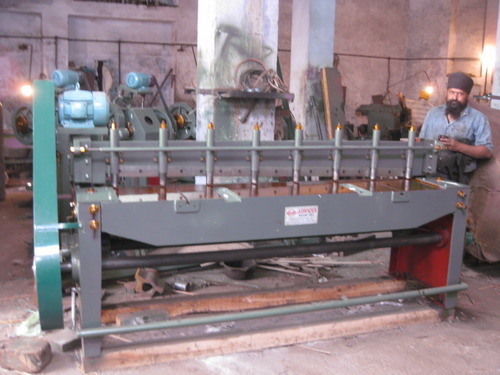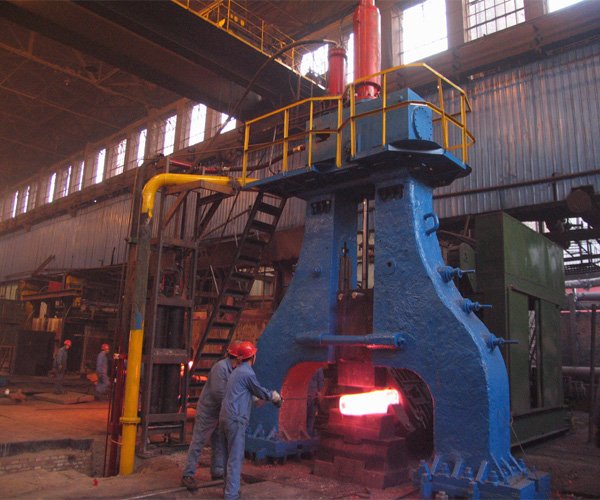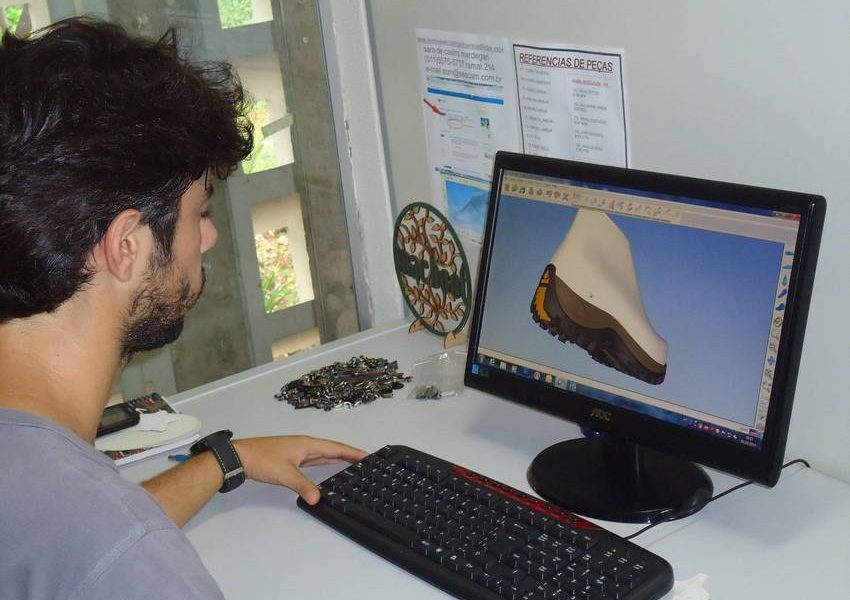Fabrication is a value added process that involves the construction of machines and structures from various raw materials. Large fab shops will employ a multitude of value added processes in one plant or facility including welding, cutting, forming and machining.
- Cutting is done by sawing, shearing, or chiseling (all with manual and powered variants); torching with hand-held torches.
- Bending is done by hammering (manual or powered) or via press brakes and similar tools. Modern metal fabricators utilize press brakes to either coin or air-bend metal sheet into form. CNC-controlled backgauges utilize hard stops to position cut parts in order to place bend lines in the correct position.
- Assembling (joining of the pieces) is done by welding, binding with adhesives, riveting, threaded fasteners, or even yet more bending in the form of a crimped seam. Structural steel and sheet metal are the usual starting materials for fabrication, along with the welding wire, flux, and fasteners that will join the cut pieces.






